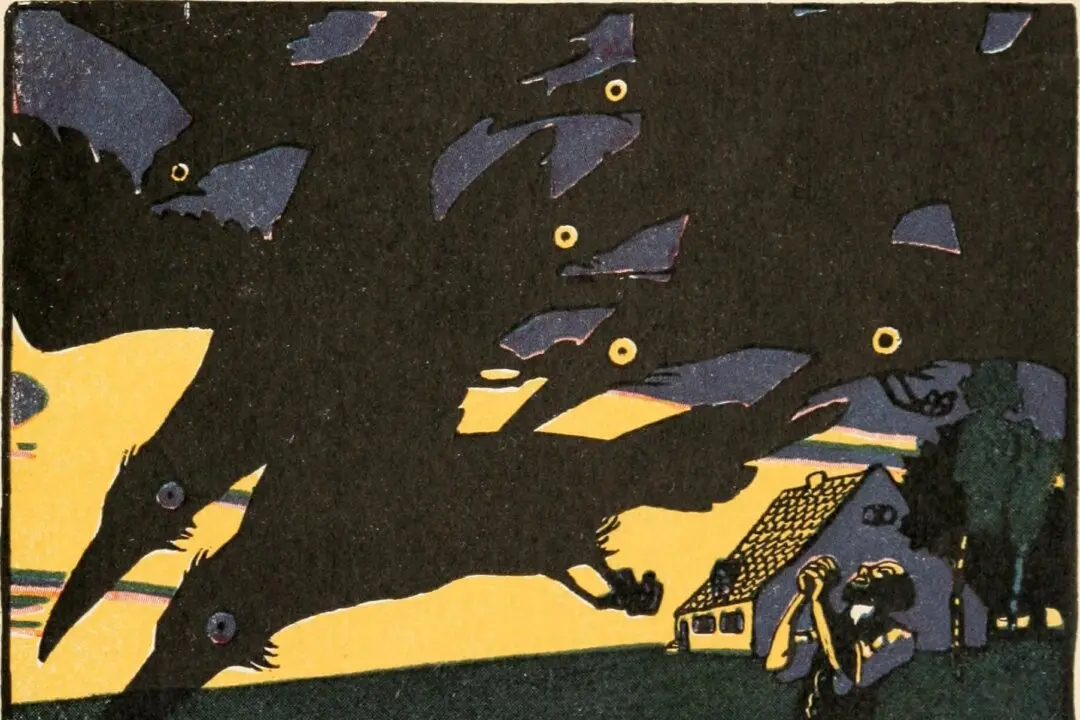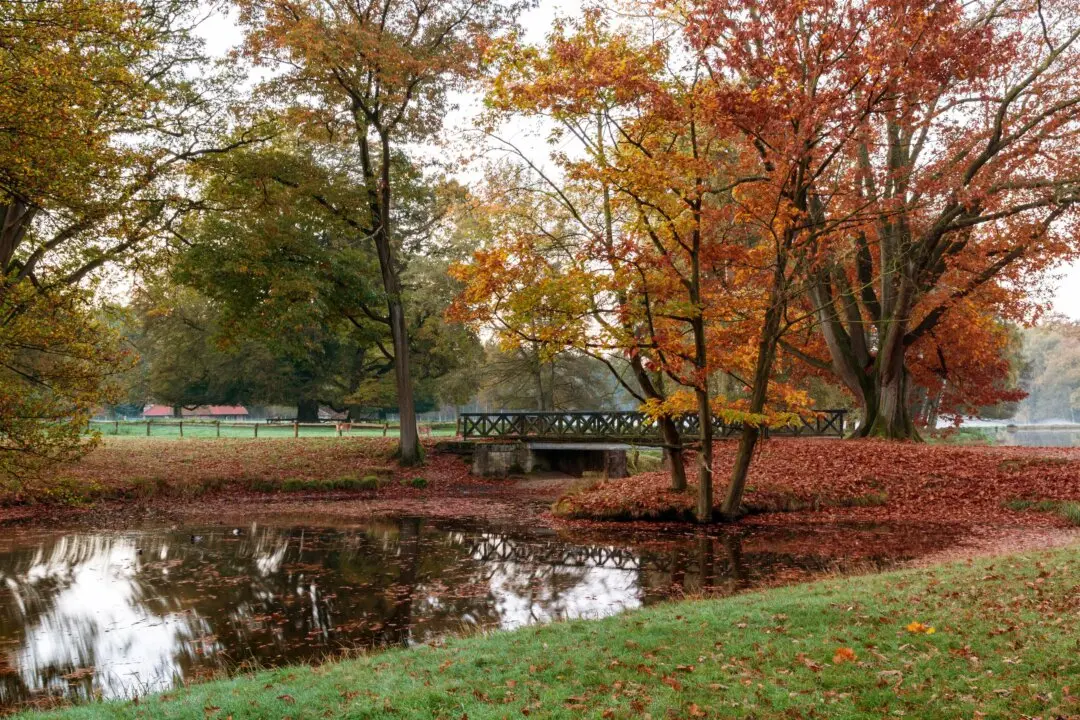When used, everyday, simple objects can fall into the background and be almost forgotten. Yet, by personifying the objects, they can come alive in a most comical way that arouses true appreciation for them.
Nathaniel Hawthorne utilizes personification in his short story “A Rill From the Town Pump,” in which he personifies the town pump. The pump gives a rill (a small stream) of oration in the story. Through wonder and comedy, Hawthorne lends it his voice, so that its ringing tones may carry to all readers.
A Rill of Words
Hawthorne prefaces his story with a stage direction of sorts: “(SCENE, the corner of two principal streets, the TOWN-PUMP talking through its nose.)” This direction prepares the reader for the story’s subject and comical tone.
“Talking through its nose,” the town pump announces its role in society. It says it guards the town’s most prized possession and should be the chairman of the overseers of the poor because it provides services free to all. It also serves as the head of the fire department and should be considered the constable of the keepers of the peace. Moreover, whenever any pamphlet or paper is placed on it, the town pump gains the powers and duties of the town-clerk.
Ultimately, the pump proclaims: “To speak within bounds, I am the chief person of the municipality, and exhibit, moreover, an admirable pattern to my brother-officers by the cool, steady, upright, downright and impartial discharge of my business and the constancy with which I stand to my post.”
The pump soon lifts up its voice like a hawker calling to future customers. It bids the people to come and drink “the unadulterated ale of Father Adam—better than Cognac, Hollands, Jamaica, strong beer or wine of any price.”
In response to his call, a gentleman arrives to drink some water from the town pump. The pump praises him for passing by the taverns and drinking fresh water in the heat of the day instead.
Next, a young schoolboy comes to the pump to wash his face and remove the memory of a stressful day at school. Behind the young boy, an elderly gentleman passes by, ignoring the town pump’s offers and advantages. In place of the elderly man, the pump welcomes a tired and thirsty dog, which capers about after drinking from the pump’s trough.






